Galley Kitchen Layout with Pros and Cons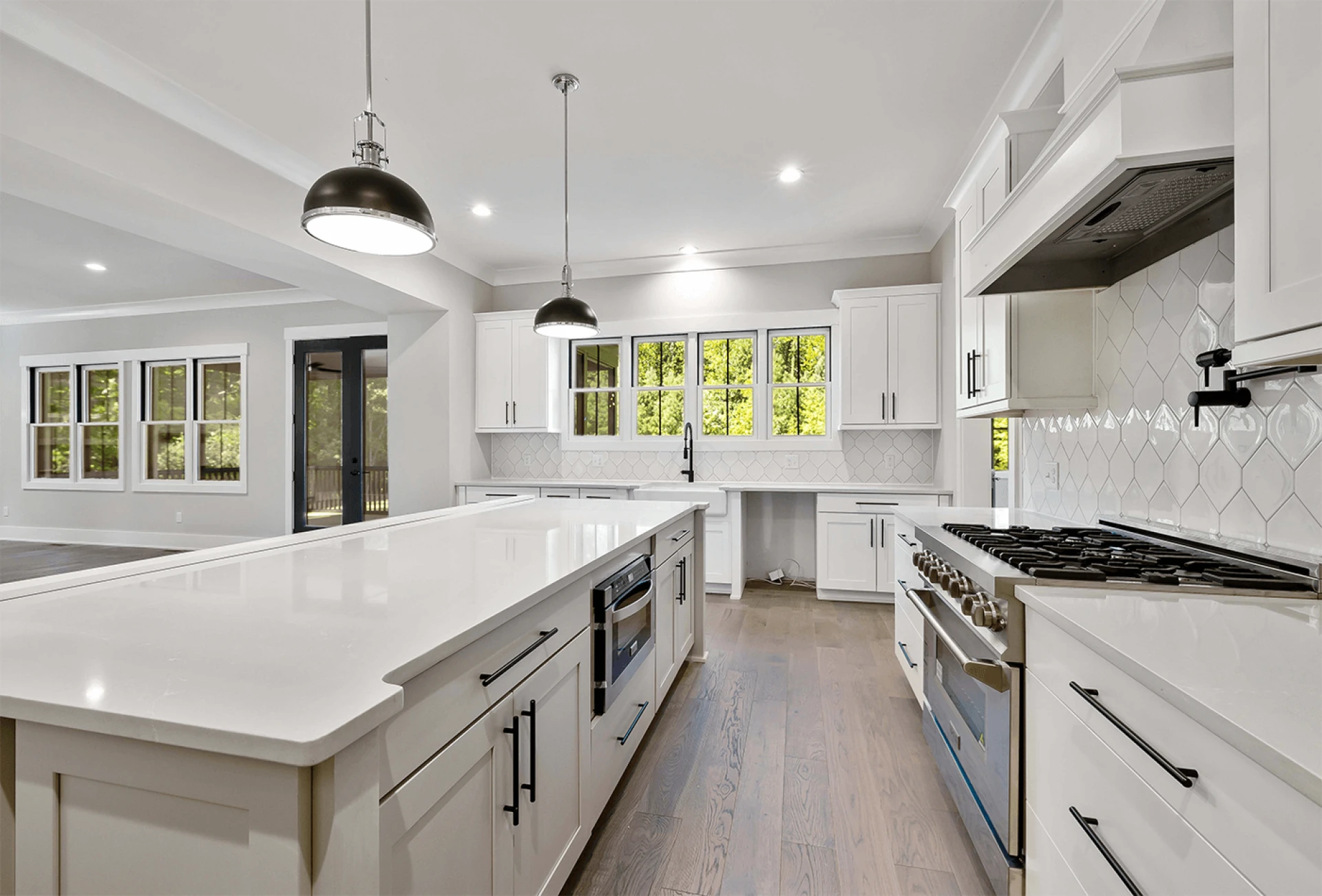
KITCHEN
5 minute read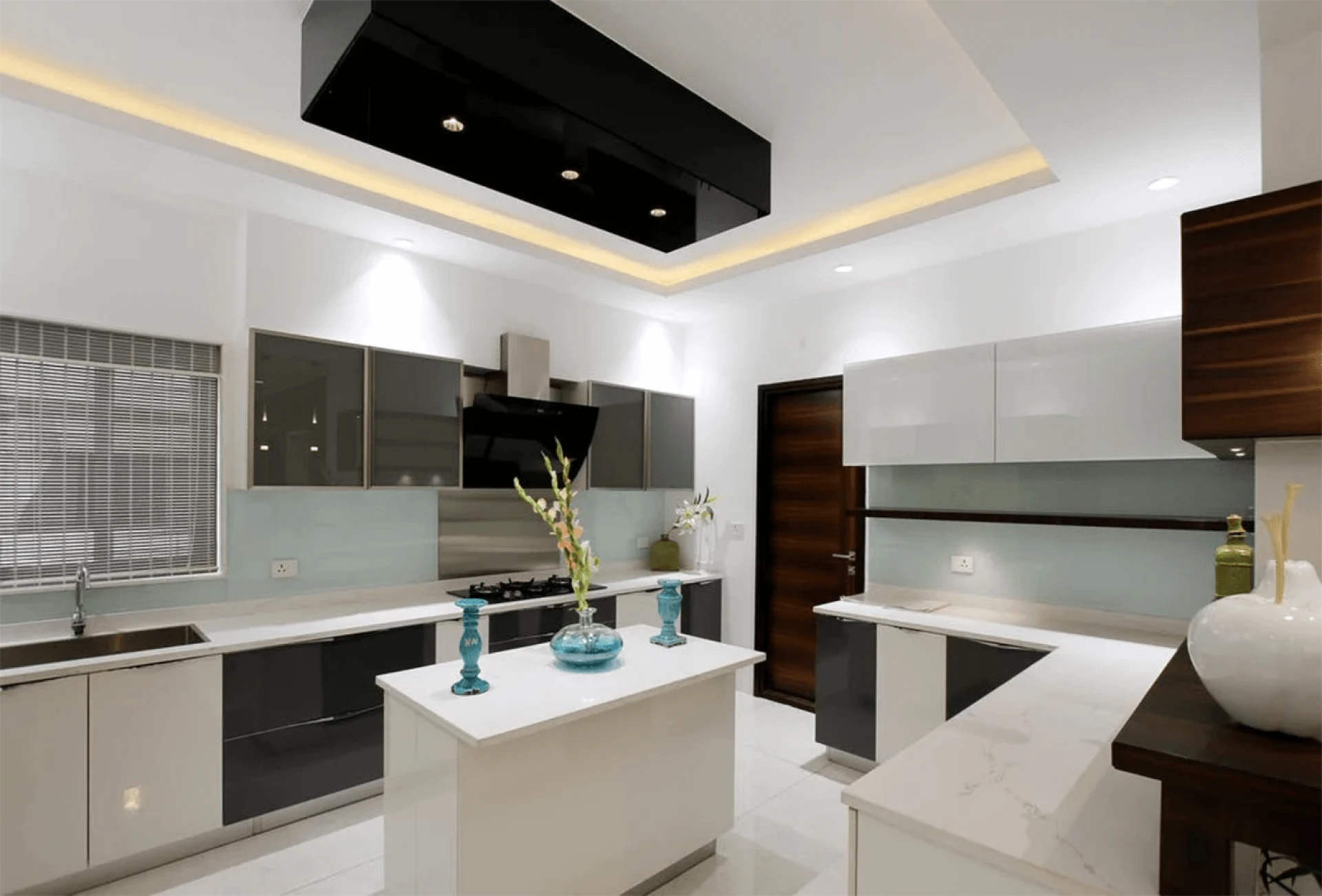
A galley kitchen has services on either one or both sides of its long, narrow design. The centre of a galley kitchen is divided by an aisle. The galley kitchen may occasionally have a dead end at one end or maybe a pass-through kitchen. It\'s a traditional kitchen design for the home that\'s adaptable, strong, straightforward, and about as ergonomically sound as you can get. A galley kitchen can be one of the most practical rooms in the house if you\'re remodelling. Galley kitchens typically fulfil the need for tiny kitchen areas and are space-saving, but you might want to think about installing one in a larger space because it works so well.
Why is a Galley Type Kitchen Popular?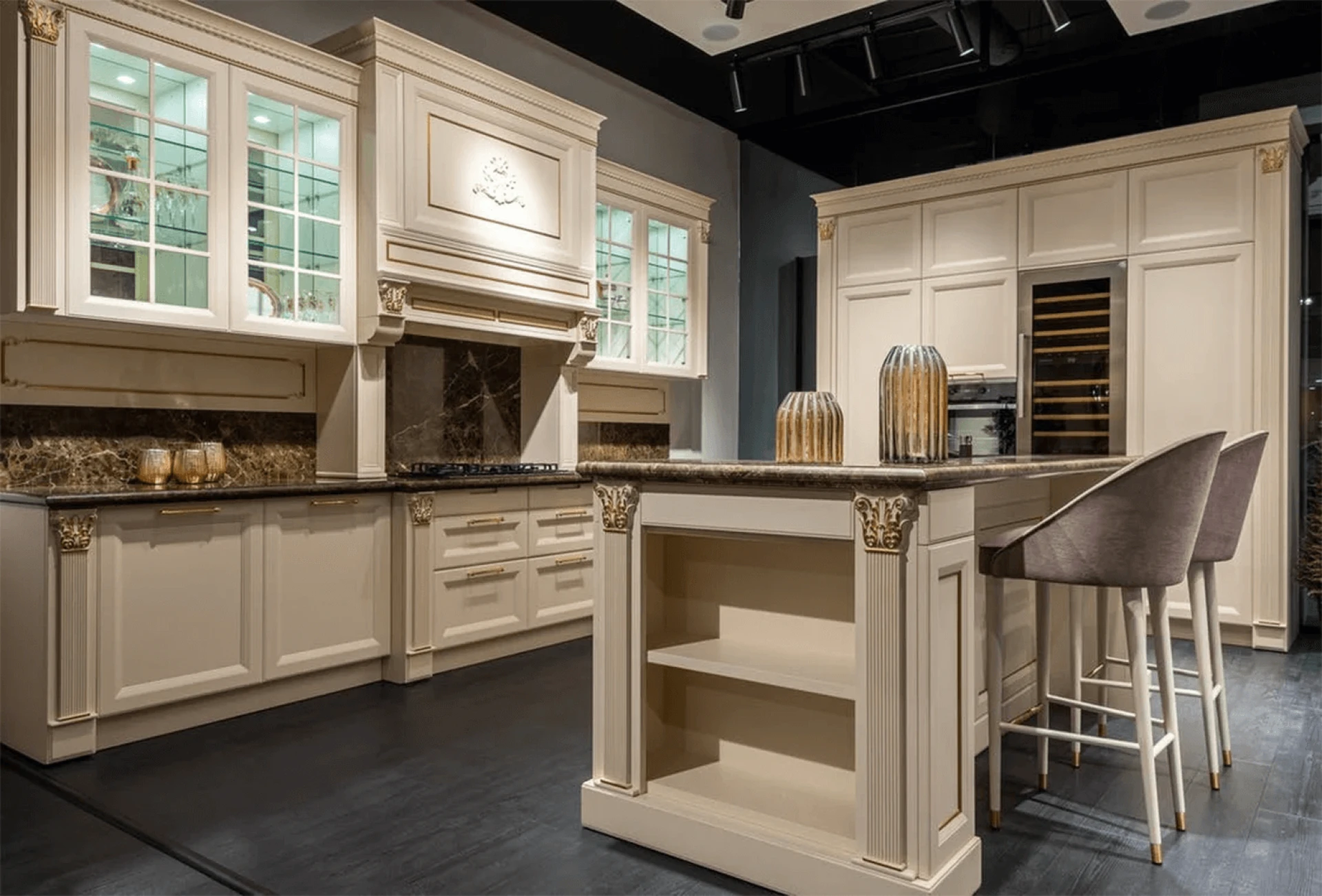
Fridges, sinks, cabinets, and other useful items can be positioned peripherally among the counters. Galley kitchens are typically less expensive to install or remodel than other kitchen layouts due to their small size. Galley kitchens are ergonomically superior to certain other kitchen design layouts since the main services are grouped together close to one another. In other words, there may not be much walking or reaching between the sink, stove/oven, and refrigerator.
Galley Kitchen Plan Saves Space for Other Rooms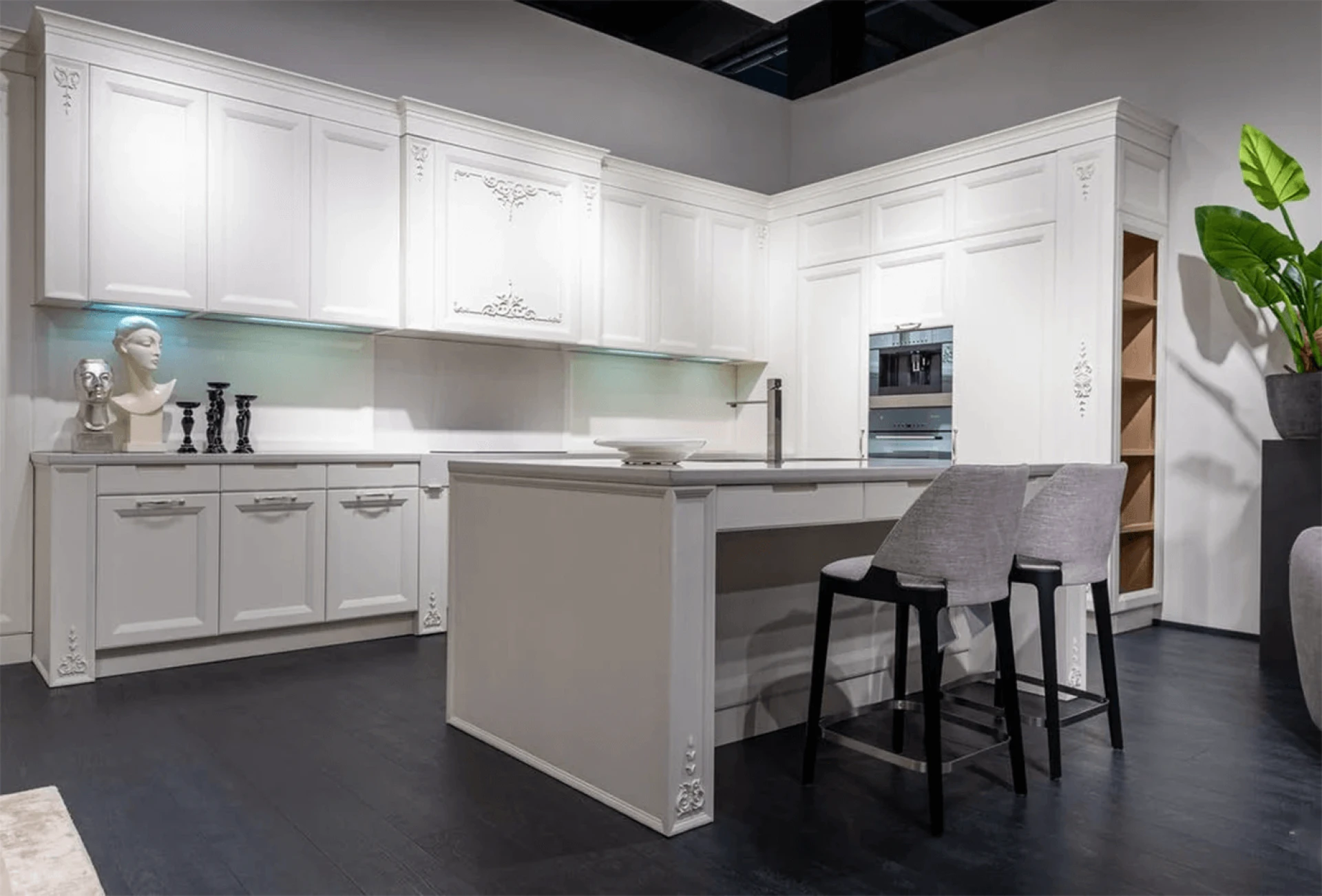
The benefits of a galley kitchen are numerous. One benefit of having a galley kitchen is that it frees up space in other areas of your house, making them larger. The design uses the work triangle to keep the main kitchen services, including gas, electrical, and water, together in one location. It is simpler for electricians and plumbers to install or maintain appliances if this is done.
PEWTER SPECKLE QUARTZ | MOCCA CREME MARBLE | INDIAN JET BLACK GRANITE |
How do Galley Kitchens Save Budget?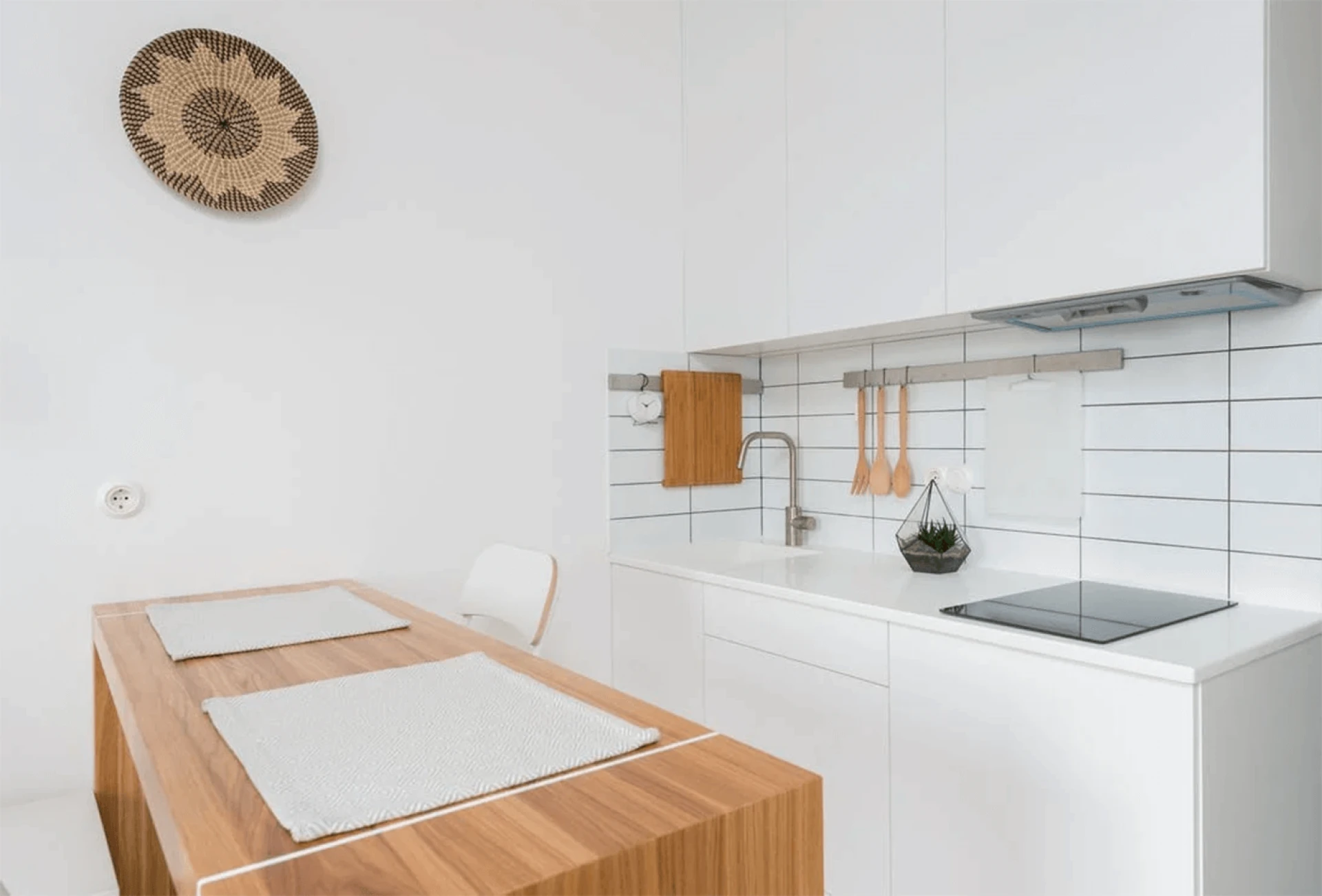
The cost of worktops and cabinets, which make up the majority of the kitchen\'s cost, is significantly reduced by the kitchen\'s lower size. You won\'t need to buy as much kitchen flooring if you have a smaller kitchen. Finally, you will have more money to spend on sinks, appliances, and other elements of your home because you won\'t need to spend as much on pricy worktops, cabinets, and flooring. Use our Kitchen Cost calculator to estimate your budget for your Kitchen worktop.
DIY Galley Kitchen
Galley kitchens tend to be much simpler than other layouts to redesign by yourself because of their smaller size. You can do a DIY galley layout by keeping it straightforward with two banks of cabinets and plain, rectangular counters.
Advantages of Galley Kitchen Summed-Up
- Saves money and space
- fewer floor tiles to buy and install
- Ideal for do-it-yourself renovation
- All kitchen essentials in close reach
- Good flow with a Kitchen Triangle concept for Both ends open galley kitchen
- Less expensive cabinets and counters free up more money for other purchases
Limitations of a Galley Kitchen
Congested Space for Multiple Cooks
A galley layout has some limitations, one of which is that since the area is small, it frequently makes it difficult for multiple cooks to operate simultaneously. Because there are fewer base cabinets, a galley kitchen may have limited countertop and storage space. Preparation space may be limited and clutter might accumulate quickly.
Kitchen with Less Resale Value 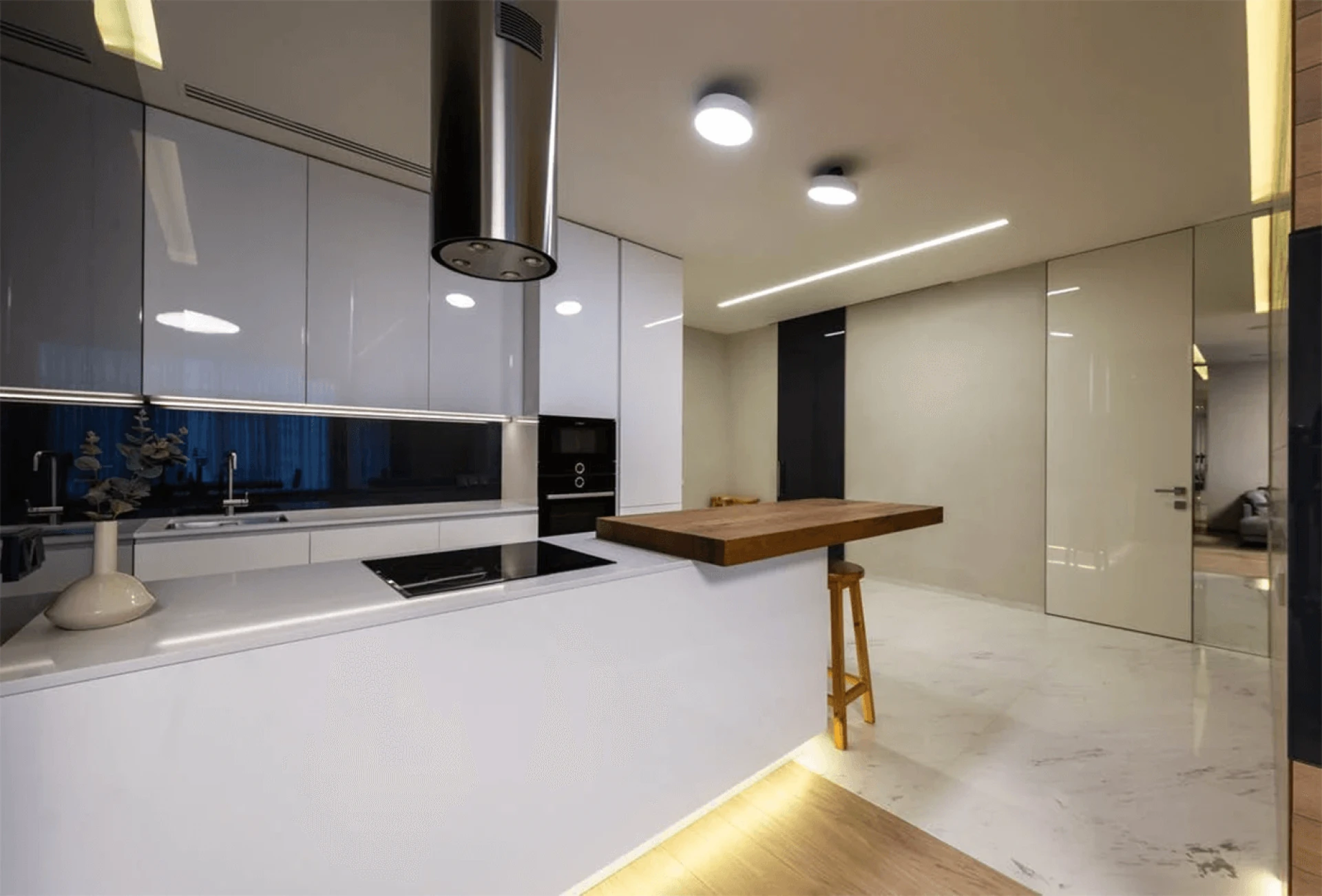
Due to the preference of homeowners for bigger luxury kitchens, properties with galley kitchens may have a lower resale value than those with alternative kitchen layouts. Galley kitchens are maybe the least hospitable kitchen design when it comes to entertaining guests because people frequently assemble in a kitchen when entertaining.
Disadvantages of Galley Kitchen Summed-Up
- Better for no more than two chefs at once
- Reduced worktop and storage space
- Lesser resale value of property
- Limited Sink Choices
- bigger appliances are challenging to accommodate
- When a galley kitchen is open only on one end, there is poor traffic flow
Designing a Galley Plan Kitchen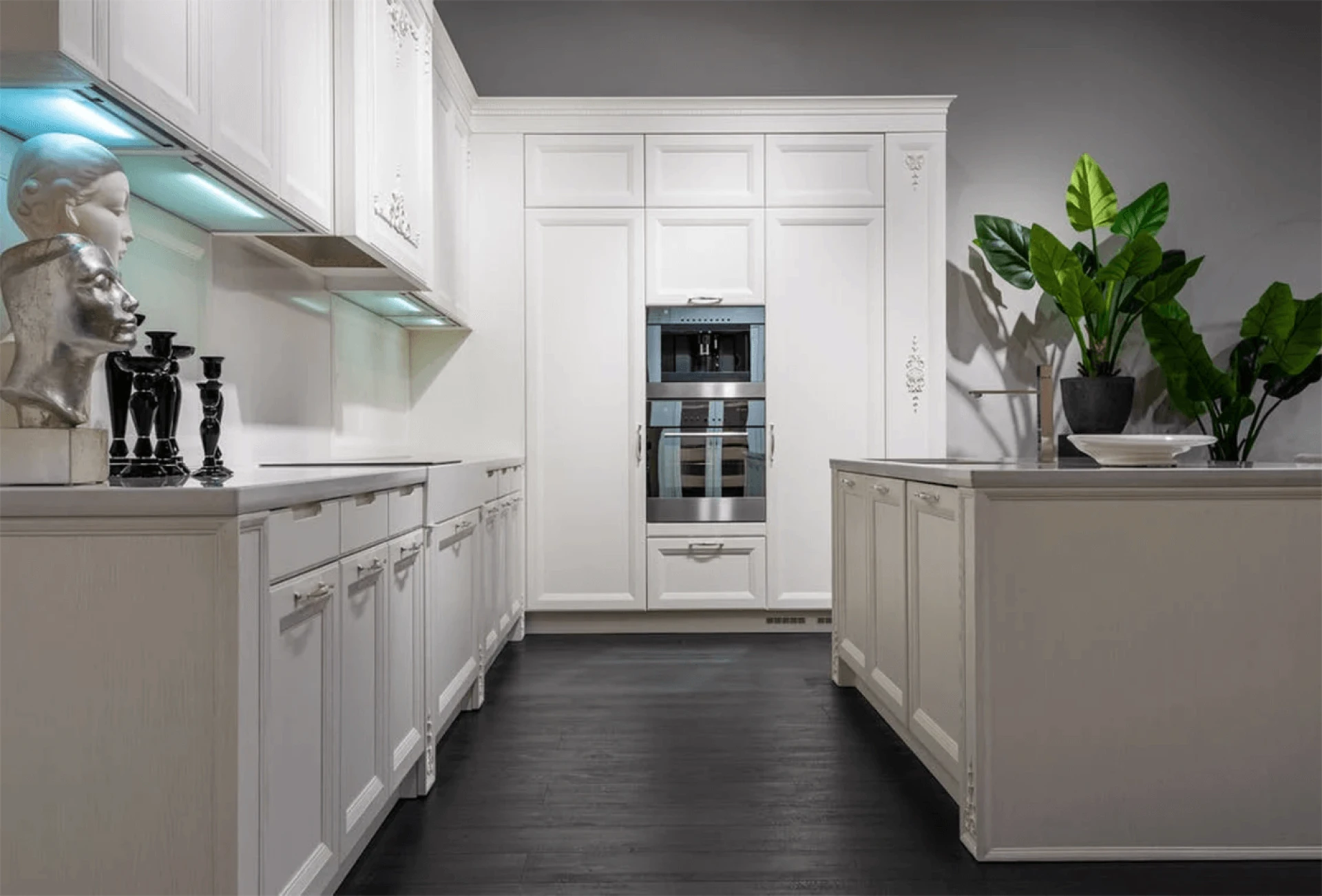
Appliance sizes should typically be maintained to standard sizes in a galley kitchen to prevent overcrowding. A galley kitchen must be designed with consideration for its scale. The compact, step-saving kitchen triangle design is very effectively used in this kind of kitchen. In a galley kitchen, the stoves and refrigerator are often on different walls, though the refrigerator may work well at one end of a wall. Here are some more factors to take into account when constructing a galley kitchen.
|
|
Designing a Basic Galley Kitchen
The definition of a basic galley kitchen is a long, narrow kitchen with base cabinets, wall cabinets, counters, or other services placed on either side of a central walkway. Due to its principal traffic channel being a lengthy, narrow aisle, a galley is less frequently referred to as a corridor kitchen.
Use Small Kitchen Sinks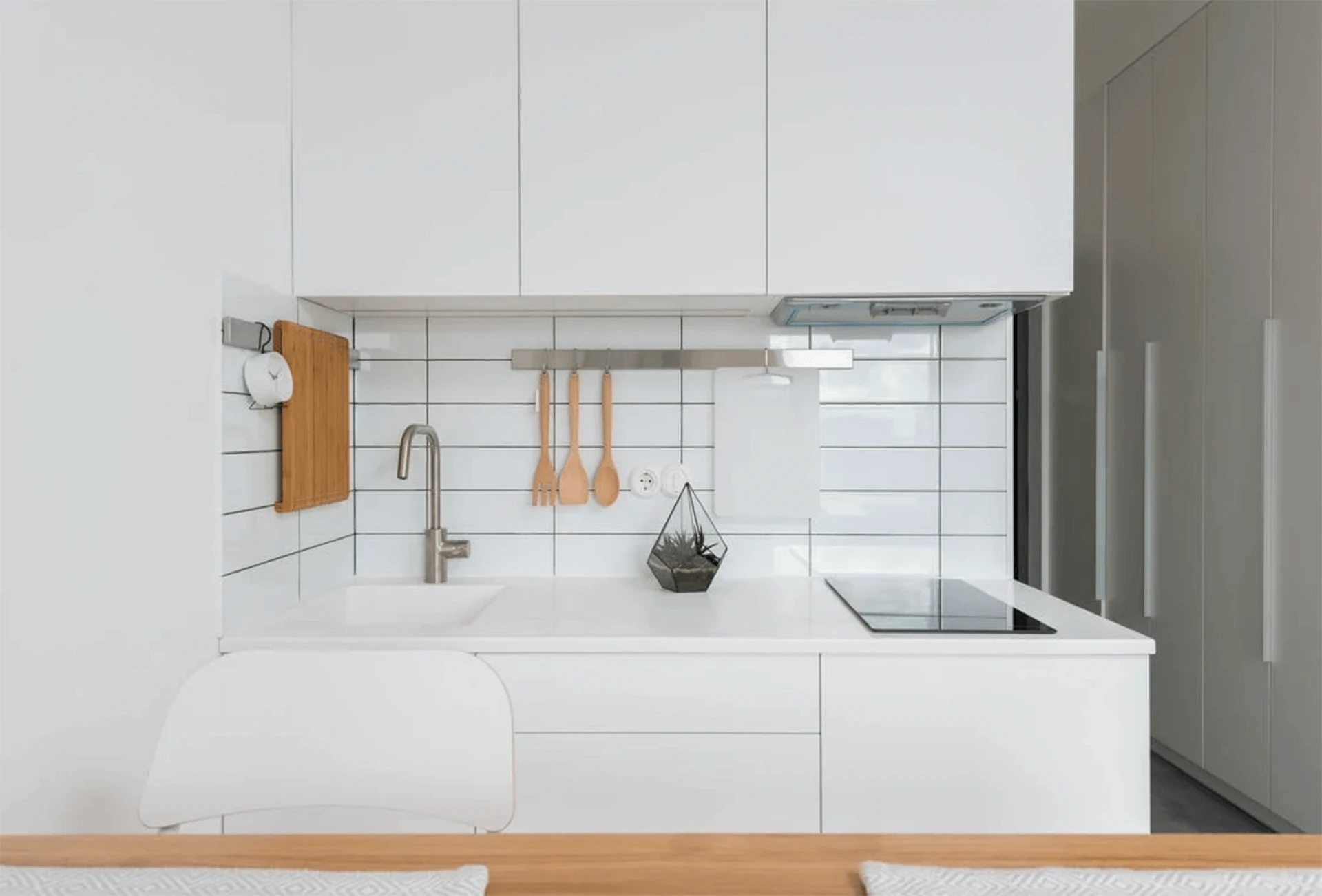
Most galley kitchens are tough to fit sinks with a 45-degree slant or larger farmhouse sinks. Find smaller sinks instead, and maintain them aligned to the counters. Even more countertop area is lost when using drop-in sinks with built-in rims. Try fitting an undermount sink as an alternative so that the worktop may reach all the way to the edge of the sink.
Use Neutral Kitchen Colours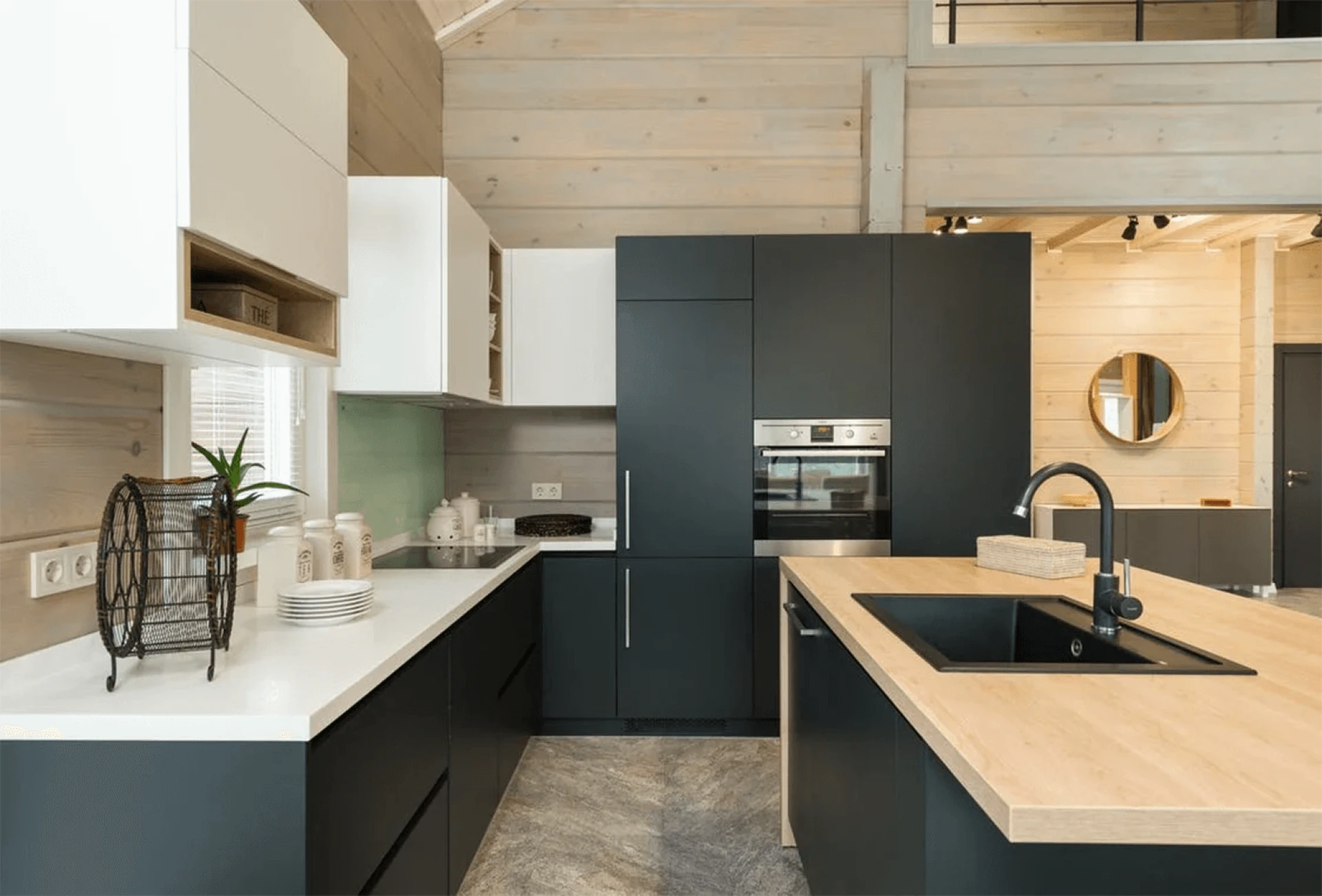
A galley kitchen may feel considerably larger by using lighter colours. For counters, cabinets, flooring, and wall paint, use light and bright coloured materials. Consider using white cabinets and worktops, for instance, or unfinished or lightly stained wood effect cabinets, to keep the room simple, open, and light.
Check out the L-shaped Kitchen Layout Guide.
PATAGONIA QUARTZITE | PIETRA GREY PORCELAIN | MILAN MACCHIATO QUARTZ |
0








